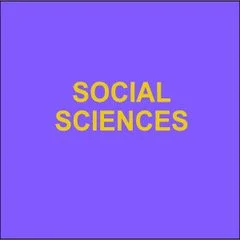By Philip Hans Franses
The econometric analysis of economic and business time series is a major field of research and application. The last few decades have witnessed an increasing interest in both theoretical and empirical developments in constructing time series models and in their important application in forecasting. In Time Series Models for Business and Economic Forecasting, Philip Franses examines recent developments in time series analysis. The early parts of the book focus on the typical features of time series data in business and economics. Part III is concerned with the discussion of some important concepts in time series analysis, the discussion focuses on the techniques which can be readily applied in practice. Parts IV-VIII suggest different modeling methods and model structures. Part IX extends the concepts in chapter three to multivariate time series. Part X examines common aspects across time series.
Cambridge University Press, Oct 15, 1998, 280 pages



